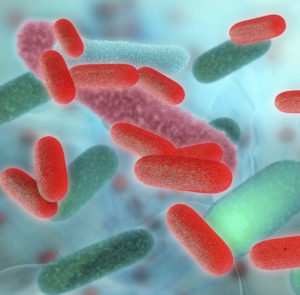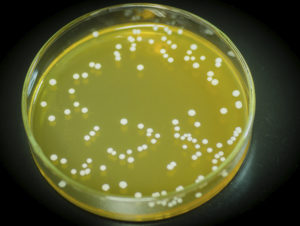Water is a massive part of our day to day living, which can never be refuted. In order to maintain a healthy life and healthy body, we must consume regular dosages of clean water and clean our bodies regularly with it to improve our hygiene.
Not everybody is lucky enough to have access to clean water, and usually if your contact with clean water is severed it means you might be living in extreme cases of poverty. But contaminated water does not always equal poor wealth, as in many examples throughout first world countries water pollution still occurs. Legionella happens to be the prime suspect here, being responsible for over 284 hospitalisations in 2013.
1. Origin Story – Legionnaires’ disease gathered this name due to an outbreak occurring in the Philadelphia based American Legion convention in 1976. By the time the men had reached home after returning from the convention, many of the Legionnaires had temperatures higher than 107 degrees and pneumonia. By the next month, 6 of the 14 men that had been infected had passed away, with no real diagnosis as to what had caused this to begin with.
2. Two Different Causes – Covering Legionnaires’ Disease and Pontiac Fever. Legionnaires’ Disease can deliver more serious symptoms, pneumonia being a common one, whilst a suffer with Pontiac fever may develop milder non-pneumonia influenza type symptoms. Other symptoms become more comparable; ranging from a cough, shortness of breath, a fever exceeding 40 Celsius, chills, muscle aches and headaches. A big difference would be that Pontiac Fever does not require treatment in order for recovery, but Legionnaires’ Disease does.
3. Difficult Diagnosis – The disease shares a vast range of symptoms with several other illnesses, making it one of the particularly harder ones to diagnose. Two to fourteen days is usually what it takes for the disease to take fruition after exposure to the contamination. Lung infection is very regular due to the humid environments of the lungs.
 4. Treatment – Legionnaires’ disease is treatable through different medications such as antibiotics, however no matter what they use a sufferer must still become hospitalised. Elder people over 50, those with weakened immune systems, smokers and those with damaged lungs such as sufferers of COPD (chronic lung disease) are more likely to contract the disease with potentially fatal consequences, however it is still likely to make anybody seriously ill.
4. Treatment – Legionnaires’ disease is treatable through different medications such as antibiotics, however no matter what they use a sufferer must still become hospitalised. Elder people over 50, those with weakened immune systems, smokers and those with damaged lungs such as sufferers of COPD (chronic lung disease) are more likely to contract the disease with potentially fatal consequences, however it is still likely to make anybody seriously ill.
5. Pneumonia – This is a great symptom of Legionnaires’ Disease, often being one of the main things to look for when checking for the infection. The disease also possesses further complications ranging from respiratory problems, and kidney failure.
6. Water – The legionella bacteria naturally grows in warm water, and can be even typically found in places such as hot tubs, whirlpool spas, hot water tanks, cooling towers and more.
7. Contagious – The disease isn’t contagious through person to person; but is breathed in through the mist, steam and vapour that had made contact with the bacteria.
8. Recent Travel – Travelling recently has been proven to increase the risk to contracting the disease, along with smoking regularly.
9. How to prevent it? – Properly managing the different facilities that utilise water within any environment, especially a public one, will be the first place to start when trying to prevent Legionella from spreading. These could range from Water systems such as spas, pools and cooling towers. Pool test strips can be bought to confirm that your water is properly cared for, as it will evaluate whether there is adequate level of free chlorine. The CDC recommends 2-4 parts per million (ppm) or bromine 4-6 ppm and pH level of 7.2 to 7.8. In the circumstance of being in a shared housing or home and there are chances of improper chlorine, bromine or pH levels; contact your pool operator or land owner immediately and seek medical assistance if you start to experience any possible symptoms.


Recent Comments